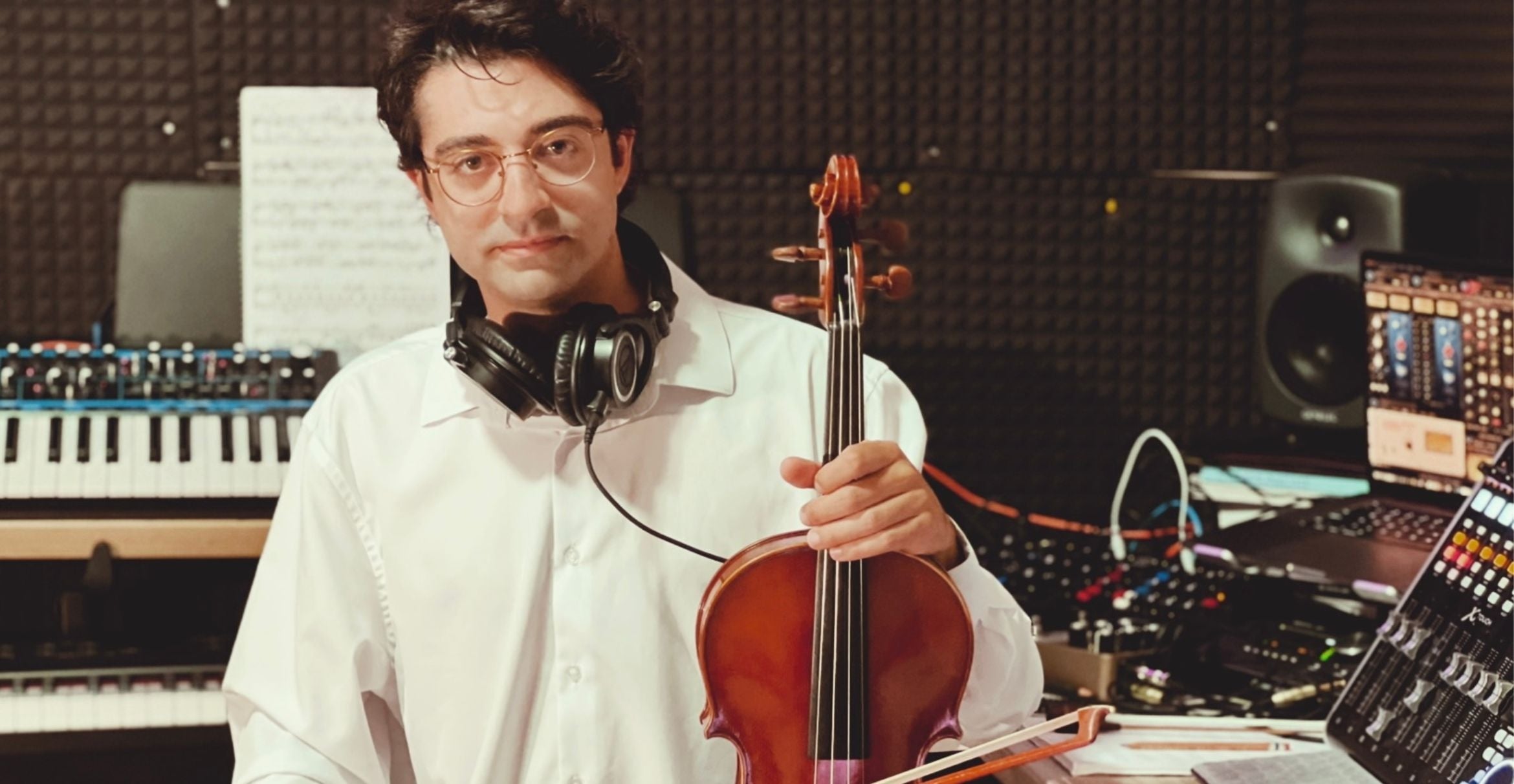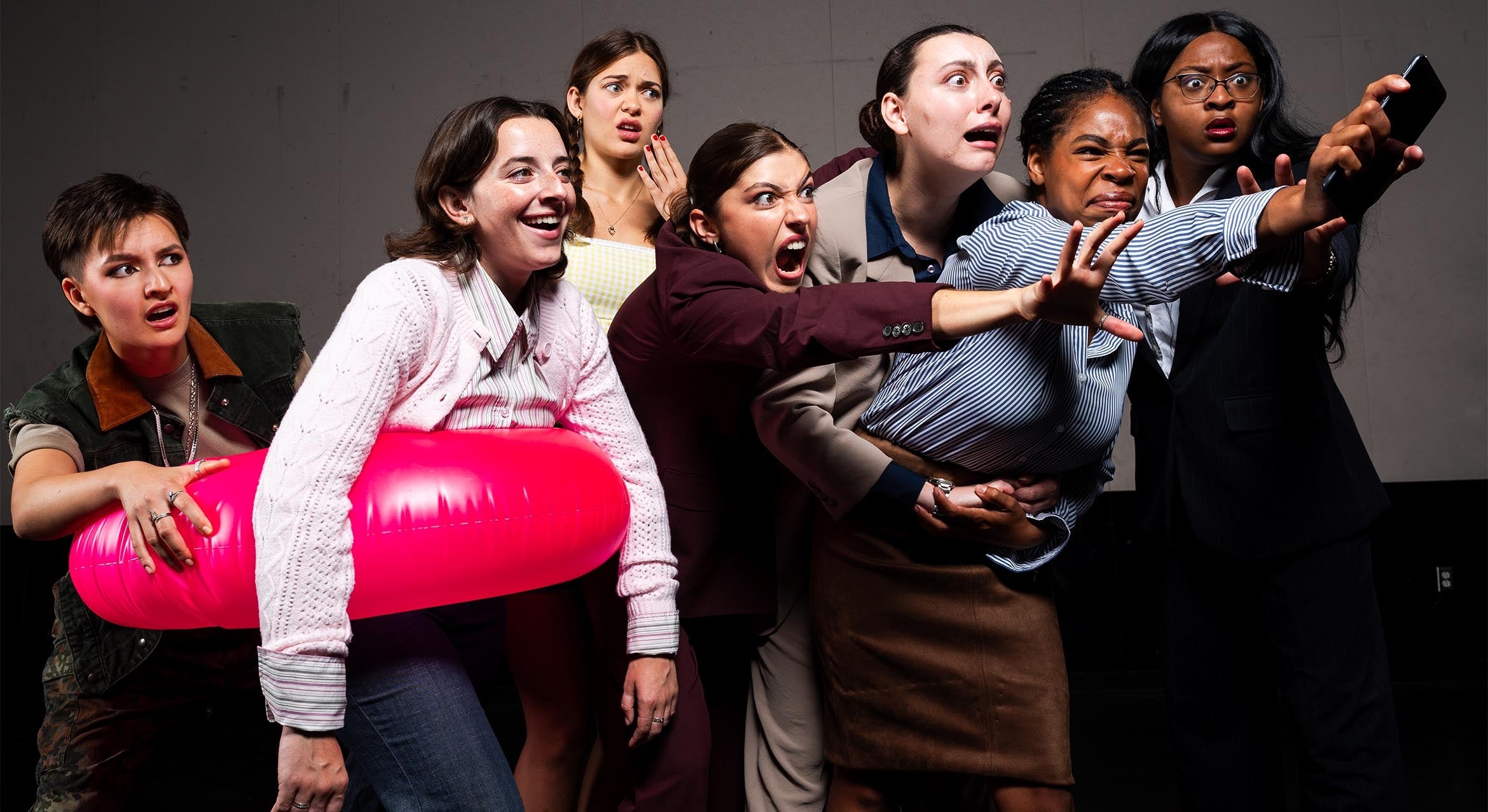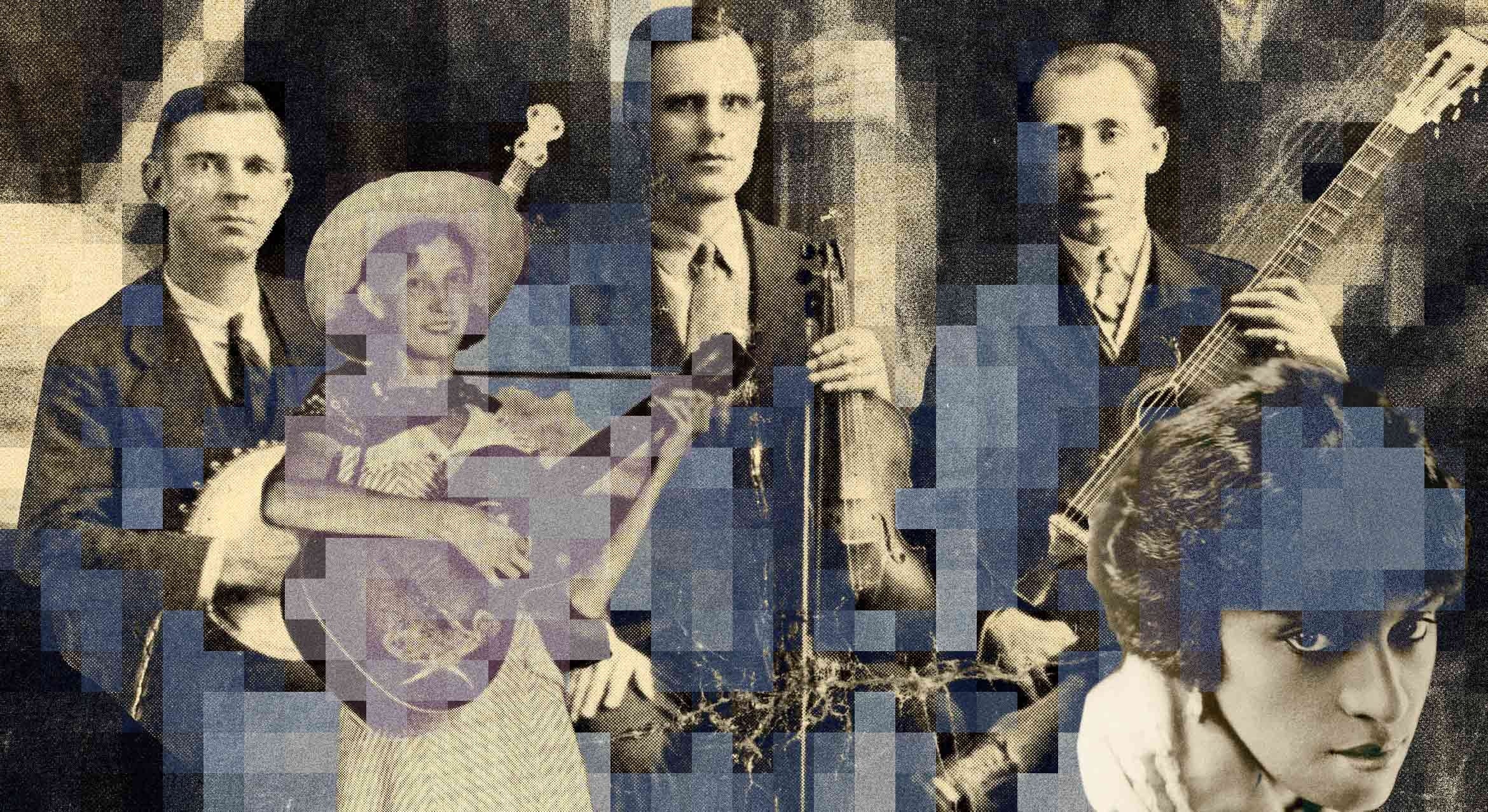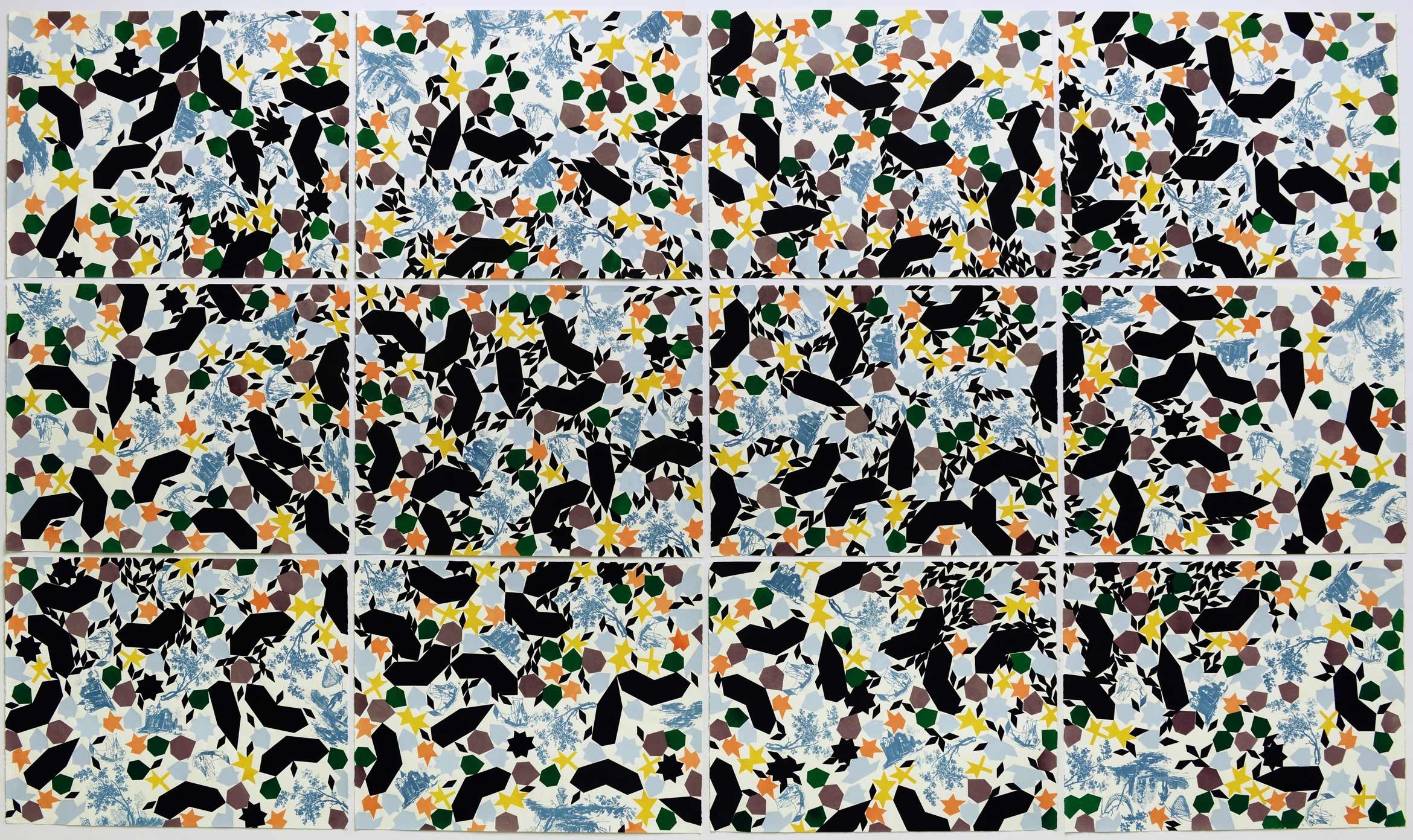
“Language is a living pattern — something we shape, observe and share.” That idea guides the creative practice of artist and UC Santa Barbara assistant teaching professor Iman Djouini — and it will soon take shape on a global stage.
Djouini has been selected to present a solo exhibition with Personal Structures at the 61st International Art Exhibition of La Biennale di Venezia — the renowned Venice Biennale, often described as the Olympics of the art world. Curated by Koyo Kouoh and titled “In Minor Keys,” the exhibition will be on view from May 9 through November 2026 in Venice, Italy.
For Djouini, the invitation marks both an artistic milestone and an opportunity to expand her ongoing inquiry into the intersections of language, sound and visual form. “It’s a really exceptional venue to showcase both emerging and established artists,” she said. “To be included in that lineage feels both humbling and energizing.”
Her Venice installation, drawn from her ongoing series “Limn,” will include 12 large embossed woodblock prints, a letterpress artist book, a video projection featuring animated text and underwater sound, and a public art project of subtle sound recordings installed throughout Venice. Together, these works explore how languages evolve across geographies and generations, particularly through the oral traditions of North African women.
Each piece draws from folktales passed down by matriarchs and investigates how linguistic systems — visual, oral and computational — transform over time. “I’m interested in how language is shaped by where we come from, but also by where we’re going,” Djouini explained. “It’s malleable, playful and deeply connected to identity.”
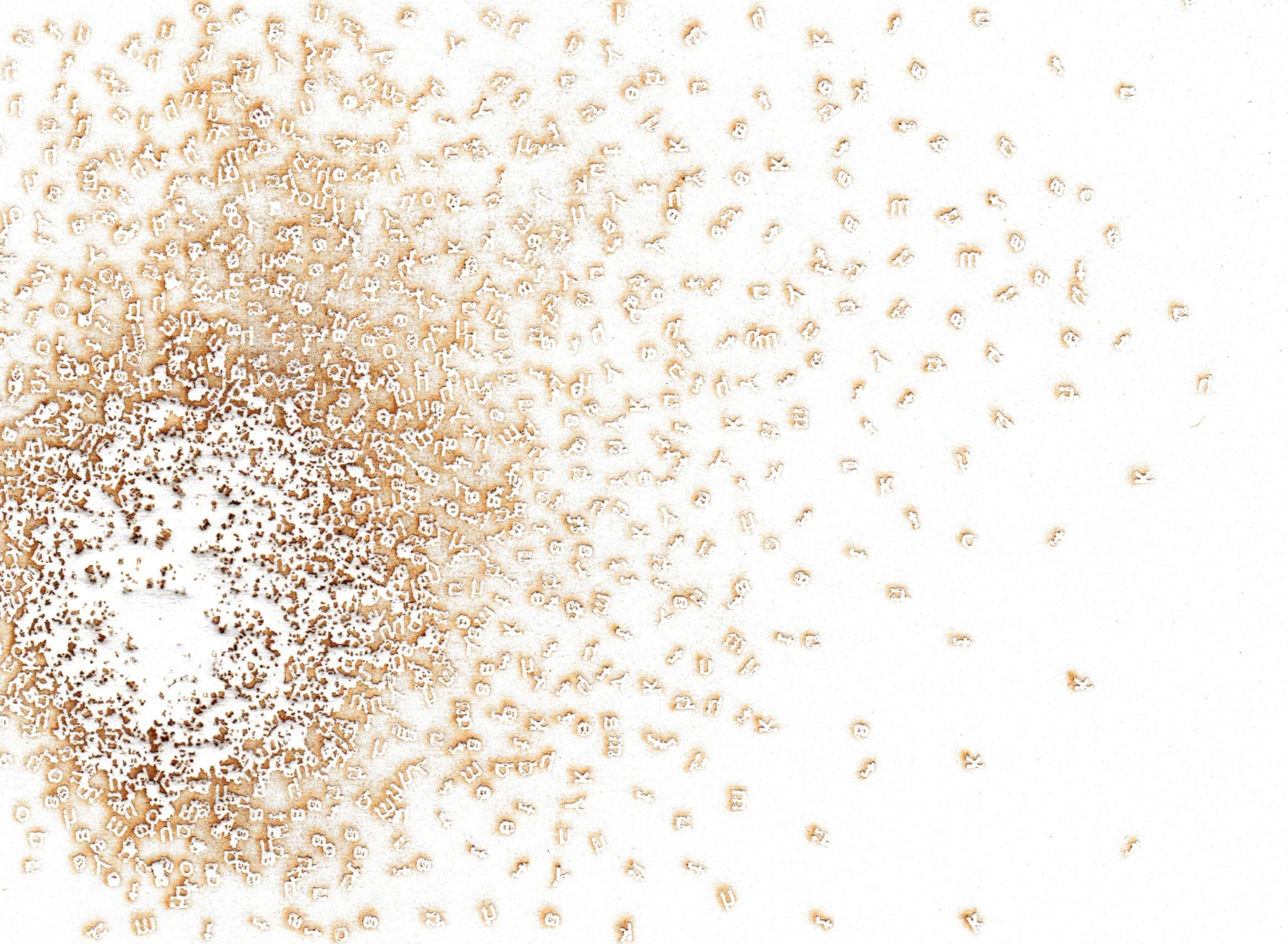
Djouini’s interdisciplinary practice bridges printmaking, typography and sound with computational linguistics and digital technologies. Through her use of typography as both image and concept, she examines how letterforms themselves travel and mutate — how they carry traces of colonial histories, migrations and hybrid identities. Her work often incorporates multilingual systems to visualize the linguistic entanglements of the region and its diaspora.
“I’m inspired by women’s roles in shaping language — especially through oral storytelling,” she said. “These stories have long been a way of transmitting knowledge, and I’m exploring how that tradition can continue through digital and visual media.”
Djouini’s participation in Personal Structures situates her among a prestigious roster of artists who have exhibited in the program, including Yoko Ono, Marina Abramović, Joseph Kosuth, Lawrence Weiner and Xu Bing. The exhibition, organized in dialogue with the main Biennale, attracts more than half a million visitors and is known for introducing new global perspectives in contemporary art.

At UCSB, Djouini teaches print media, book arts, typography and placemaking, weaving together analog and digital methods to help students think critically about language, culture and public space. Her work — rooted in both scholarly research and personal history — connects art-making with the global systems of communication that shape human experience.
“As an artist, I think a lot about how we experience language collectively — visually, sonically and culturally,” she said. “The Biennale offers a space to reflect on that shared experience and imagine what new languages might emerge from it.”

